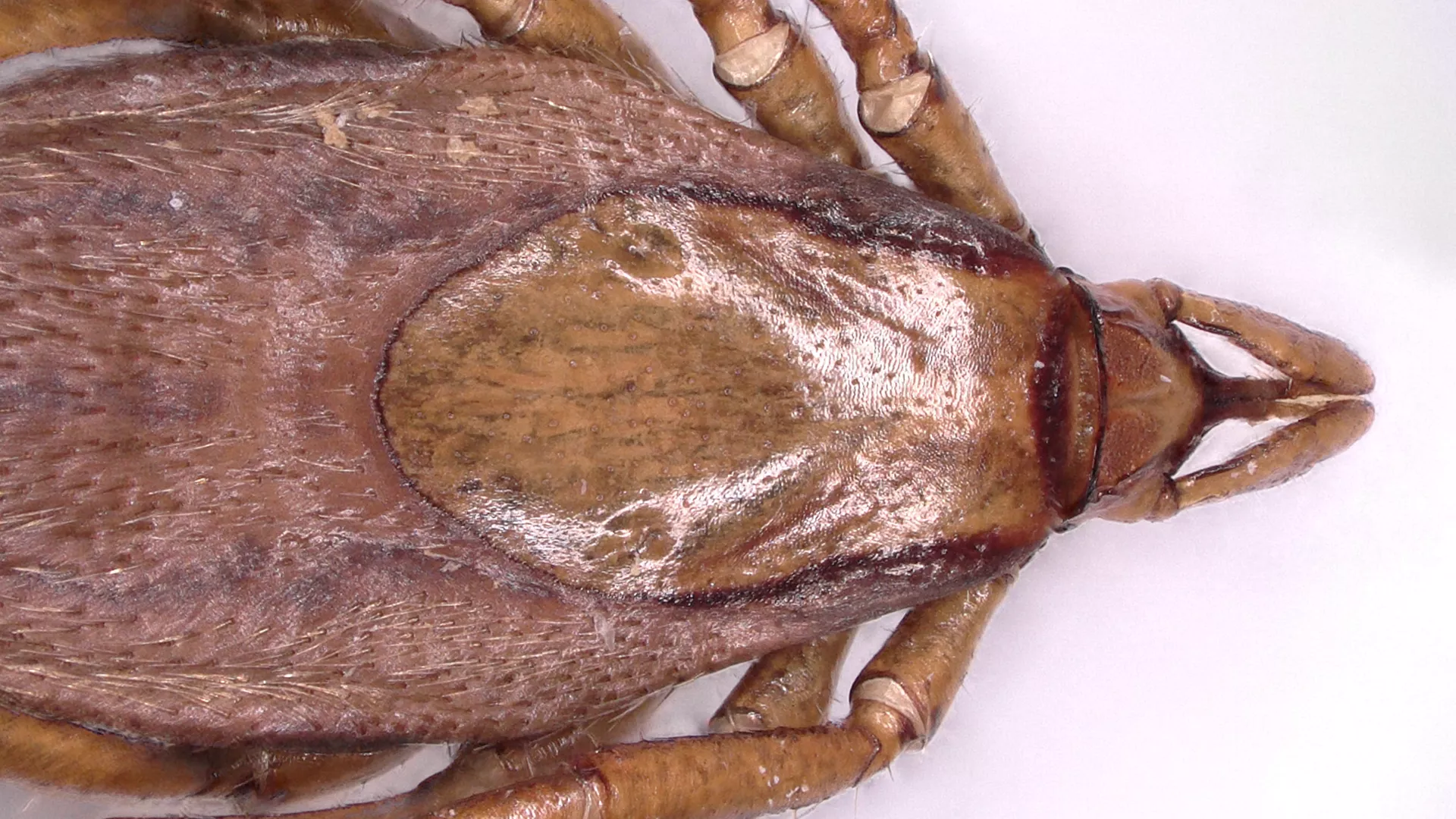The ten-year collaboration between Professor Sándor Hornok, leader of the HUN-REN–UVMB Climate Change: New Blood-sucking Parasites and Vector-borne Pathogens Research Group operated by the Hungarian Research Network and the University of Veterinary Medicine Budapest, and Dr. Ai Takano, head of the Laboratory of Veterinary Epidemiology at the Joint Faculty of Veterinary Medicine of the Yamaguchi University, has yielded outstanding results at an international level. Using genetic methods and morphological examination, the researchers determined that the collected bat ticks, rare in the Far East, do not belong to the known European species as previously believed but actually are representatives of three new tick species. The newly discovered species have been named Ixodes nipponrhinolophi Hornok & Takano, sp. nov., Ixodes fuliginosus Hornok & Takano, sp. nov., and Ixodes fujitai Hornok & Takano, sp. nov. The study presenting the results was published in the scientific journal ZooKeys.

In Europe, there are three hard tick species specialized for bats as hosts. These are the so-called long-legged bat tick (Ixodes vespertilionis), described by Koch in 1844, the short-legged bat tick (Ixodes simplex), described by Neumann in 1906, and another long-legged species, Ixodes ariadnae, which was first described by Sándor Hornok in 2014 based on specimens collected in the Pilis Ariadne cave system for the first time in the world. These three tick species prefer different bat groups as their hosts. The long-legged bat tick primarily targets horseshoe bats (Rhinolophidae), the short-legged bat tick prefers members of the Miniopteridae family, and Ixodes ariadnae is associated with vesper bats (Vespertilionidae).
Under the organization of Professor Sándor Hornok and with the decisive participation of Dr. Ai Takano from Japan, research was already conducted between 2014 and 2015, during which they confirmed that these three bat tick species, native to Europe, also have genetically distinct relatives in East Asia. However, it took several years for the researchers to collect female specimens of these unknown species suitable for detailed morphological examination. As a result, they were able to name and describe the species represented by these specimens, which they had been evolutionarily representing for a long time. Thus, the close Japanese relative of the European I. vespertilionis was given the name I. nipponrhinolophi Hornok & Takano, sp. nov., referring to Japan and the species' preferred host group. The Japanese relative of the European I. simplex was named I. fuliginosus Hornok & Takano, sp. nov., after its typical host, the Eastern long-winged bat (Miniopterus fuliginosus). The third new tick species, closely related to the European I. ariadnae, was named I. fujitai Hornok & Takano, sp. nov. by the Hungarian leading researcher, in memory of the recently deceased, internationally renowned Japanese tick expert, Dr. Hiromi Fujita. This illustrates that previously unknown tick species, or those mistakenly identified as other species, can exist even in intensively researched countries like Japan. Although bat ticks are rare in East Asia, researchers now aim to investigate the morphology of all developmental stages of these new species, as well as their geographic distribution and a broader range of hosts.